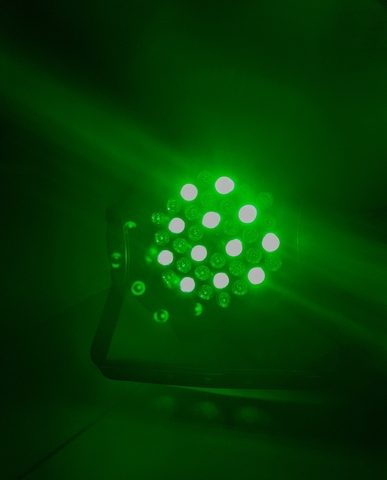A discovery may help in developing less costly more effective optical sensors, called microdisks, that might be of use in diagnosing such difficult-to-confirm diseases as early-stage cancer or fibromyalgia.
The study reporting the breakthrough, “End-fire injection of light into high-Q silicon microdisks” was published in the journal Optica.
High‐quality silicon microdisks are photonic (light-based) biosensors, small devices with a promising potential in diagnosing disease because of their ability to measure molecules in body fluids like blood.
The curved nature of the disc enhances the light that hits it, making it a resonator of light-based signals coming from a cell. These signals can be used to assess with high sensitivity subtle changes in cells, such as those seen in early stages of cancer, or in diseases like fibromyalgia.
However, “the practical applications of microdisk-based optical sensors are still facing severe challenges in portability, cost, and integration,” the researchers wrote.
Researchers at Harbin Institute of Technology in China detailed a technique they created — called end-fire injection — to get light into the microdisk in a more simple, effective and less costly manner.
Contrary to conventional methods that inject light into the microdisk in an indirect manner, the end-fire injection technique uses a physical phenomenon — known as laser time-reversal — to get light to efficiently enter the microdisk without the need for precise alignment between the light source and the microdisk. Tools needed to ensure such alignment increased the manufacturing costs of microdisks and were thought to sometimes hinder their stability.
“Because this configuration doesn’t require any parts that are smaller than 500 nanometers, it can be fabricated with low-cost techniques,” Qinghai Song, the study’s lead author, said in a news release.
The new devices could trap light with up to 57% efficiency, and showed a high performance in confining and amplifying the light.
“We show that the performance of the end-fire injection technique is comparable to that of conventional microdisks but with improved robustness and reduced cost,” Song said. “Overall, our findings show that microdisks are now ready for commercial applications.”
The microdisks are capable of detecting large nanoparticles and, since cells release signaling molecules and spheres (vesicles)within their sensors detection range, have a potential to be used as diagnostic tools.
Fibromyalgia is generally diagnosed based on symptoms that are common to many diseases; no test exists to confirm its presence.

